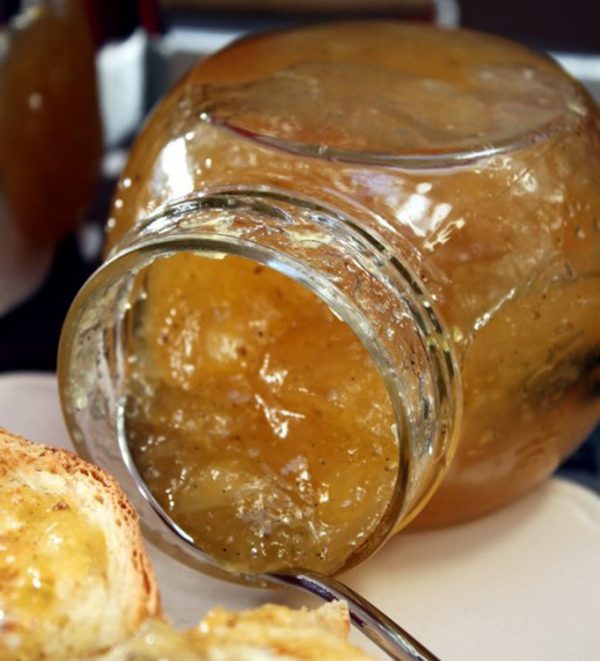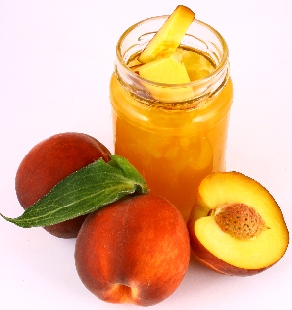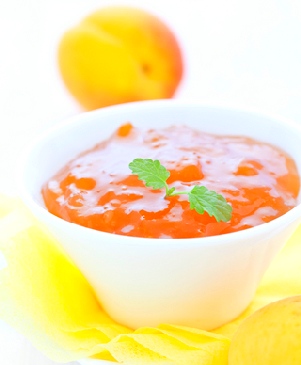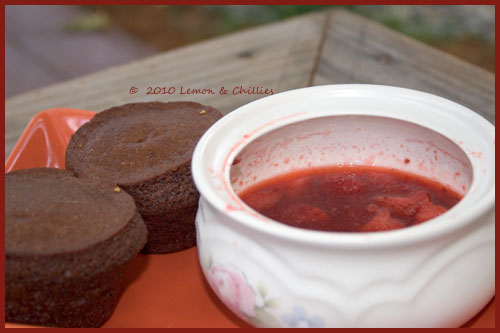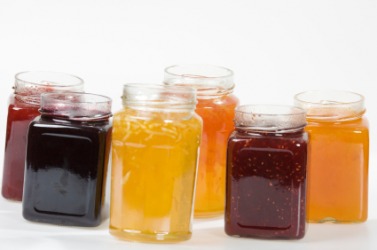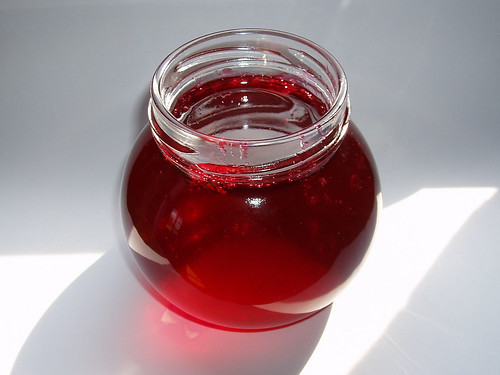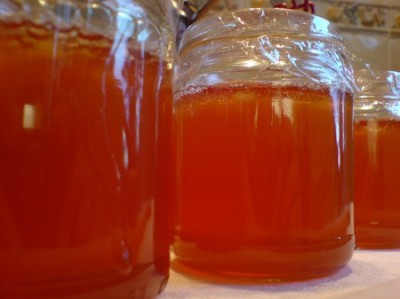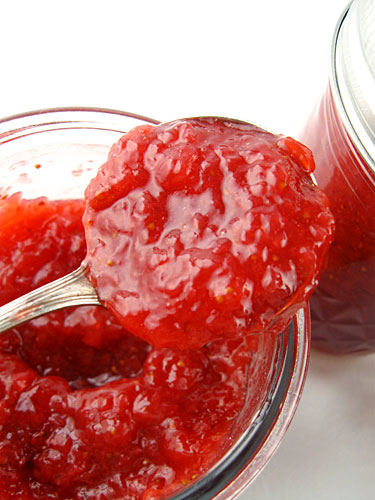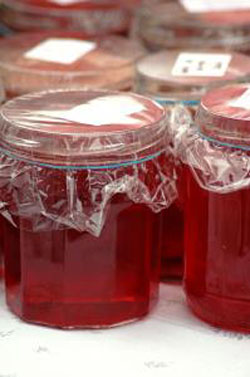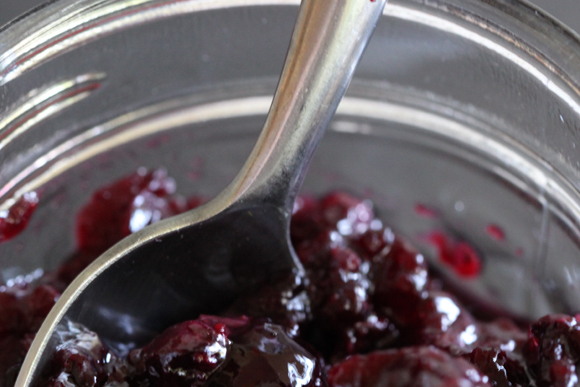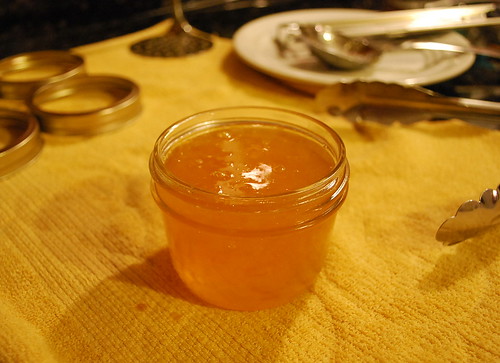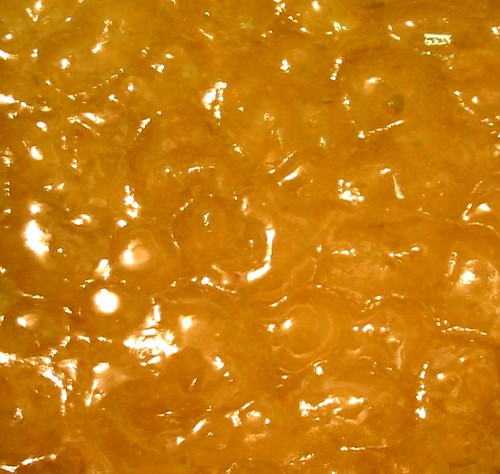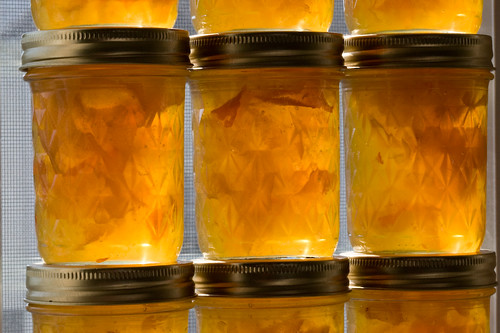Jam Jellies Biography
Jams and jellies are spreads typically made from fruit, sugar, and
pectin. Jelly is made with the juice of the fruit; jam uses the meat of
the fruit as well. Some vegetable jellies are also produced.
It is difficult to pinpoint when people first made a fruit spread.
Ancient civilizations were known to set a variety of foods in the sun to
dry in order to preserve them for later use. One of the first recorded
mentions of jam making dates to the Crusades whose soldiers brought the
process back from their journeys in the Middle East.Preserving foods was a home-based operation until the nineteenth century. Even today, millions of people make fruit preserves in their own kitchens. Whether in the home kitchen or in a modern food processing plants, the procedure is essentially the same. Fruits are chopped and cooked with sugar and pectin until a gel is formed. The jam or jelly is then packed into sterilized jars.
Spoilage prevention is a major concern for both the home and the commercial jam producer. An important innovation in food preservation occurred in 1810. Nicolas Appert, a French confectioner, determined that by filling jars to the brim with food so that all air is expressed out and then placing the jars in boiling water would prevent spoilage.
In the early 1800s in the United States, the country was experiencing a surge westward. Of the many legendary characters to emerge during this period was John Chapman, better known as Johnny Appleseed. A nursery-man from western Pennsylvania, Chapman walked through the Midwest planting apple orchards. His purpose was to provide crops for the coming pioneers.
One of those pioneers was Jerome Smucker of Ohio who used Chapman's apples to open a cider mill in 1897. Within a few years, he was also making apple butter. Smucker blended the apple butter in a copper kettle over a wood stove. He and his wife ladled the apple butter into stoneware crocks. She then sold it to other housewives near their home in Wayne County, Ohio.
Fifty years earlier in Concord, Massachusetts, Ephraim Wales Bull finally achieved his goal of cultivating the perfect grape. His rich-tasting Concord grape became enormously popular. In 1869, Dr. Thomas Branwell Welch used the Concord grape to launch his grape juice company. When, in 1918, Welch's company made its first jam product, Grapelade, the United States Army bought the entire inventory. The company's trademark Concord grape jelly debuted in 1923.
After World War II, food scientists developed the process of aseptic canning: heating the food and the jar or can separately. For sensitive foods such as fruits, this allowed for high-temperature flash cooking that preserved taste and nutritional value.
When sugar prices soared in the early 1970s, high fructose corn syrup (HFCS) became a popular substitute. Several major food processing companies, including Archer Daniels Midland, Amstar CPC International, Cargill, H.J. Heinz, and Anheuser Busch opened HCFS plants.















